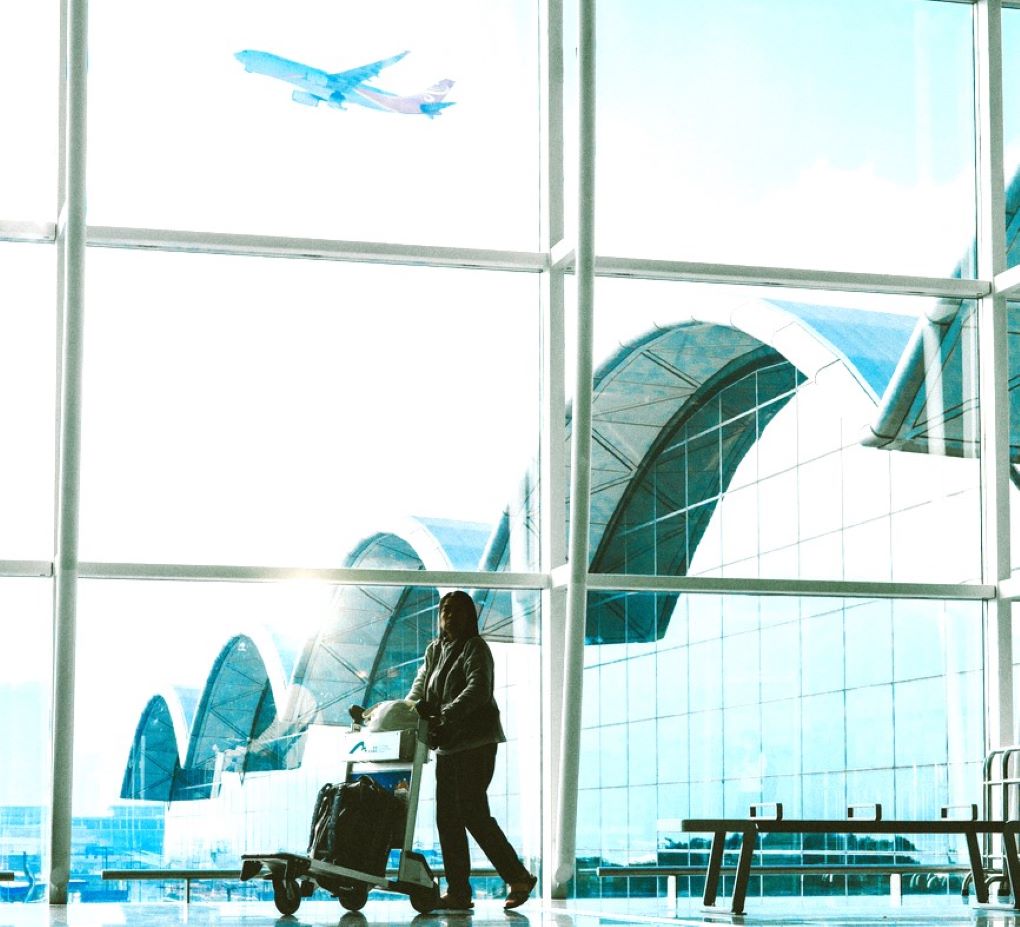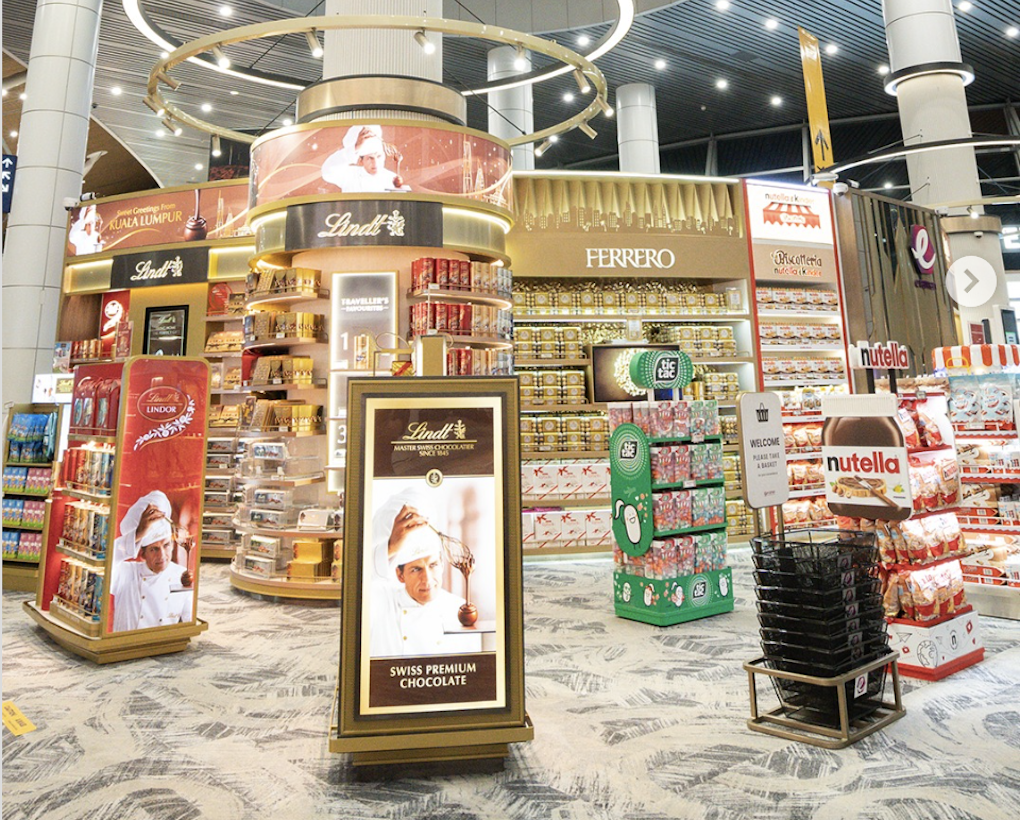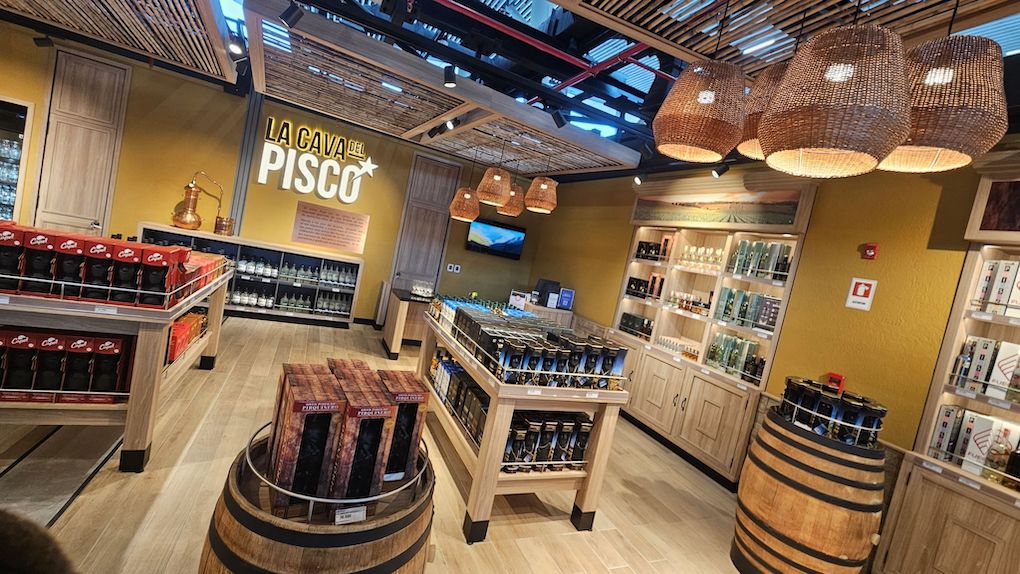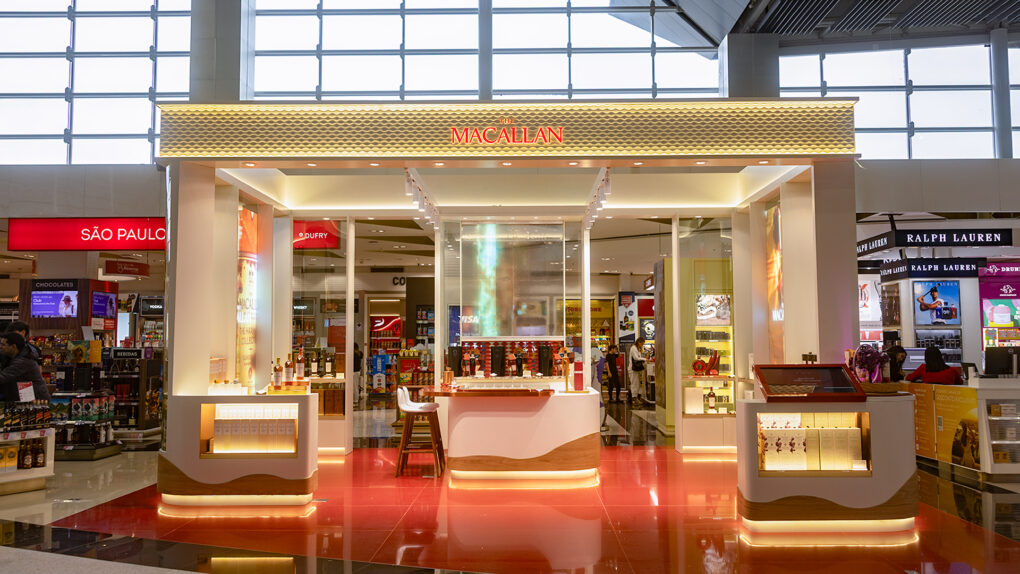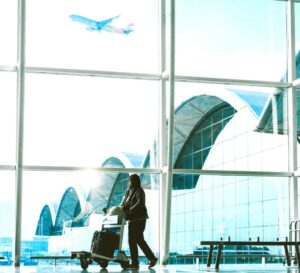
ASIA PACIFIC. Preliminary traffic figures released today by the Association of Asia Pacific Airlines (AAPA) reveal a sharp increase in international air passenger numbers in February.
The improvement in passenger markets was attributed to the rise of leisure travel during the Lunar New Year period.
AAPA noted that carriers in Asia Pacific saw a total of 27 million international passengers last month, up by +56.7% from the 17.3 million registered in February 2023. Traffic reached 89.2% of 2019 levels.
Demand as measured in revenue passenger kilometres (RPK) surged by 54.4% year on year, driven by the relative strength of regional routes.
Available seat capacity grew by +53.1% from the same month last year, leading to a marginal +0.7 percentage point increase in the average international passenger load factor to +81.6% in February.
AAPA Director General Subhas Menon said: “During the first two months of the year, Asian carriers saw continued robust growth in international passenger markets, with 54 million passengers carried, an increase of +53% compared with the corresponding period in the previous year.

“The strong demand came on the back of ongoing network expansion by carriers, with load factors at levels seen before the pandemic.”
Looking ahead, Menon said: “The upturn in global economic activity and rise in business confidence levels augurs well for air cargo markets in the coming months. Correspondingly, the demand outlook for international travel is positive based on forward booking trends.

“The region’s carriers remain nimble and proactive in exploring new avenues of growth, while at the same time tackling numerous challenges including rising operational costs and stiff competition.” ✈




